In a world where inventions shape our daily lives, it’s fascinating to discover how many essential items were created by women. Often overlooked, these female inventors have made significant contributions to technology, healthcare, and household convenience. From the dishwasher to the paper bag, their innovations have changed the way we live.
Let’s celebrate their achievements and learn about 21 everyday things you might not have known were invented by women. These stories highlight not only their creativity and ingenuity but also their enduring impact on our lives.
1. Dishwasher
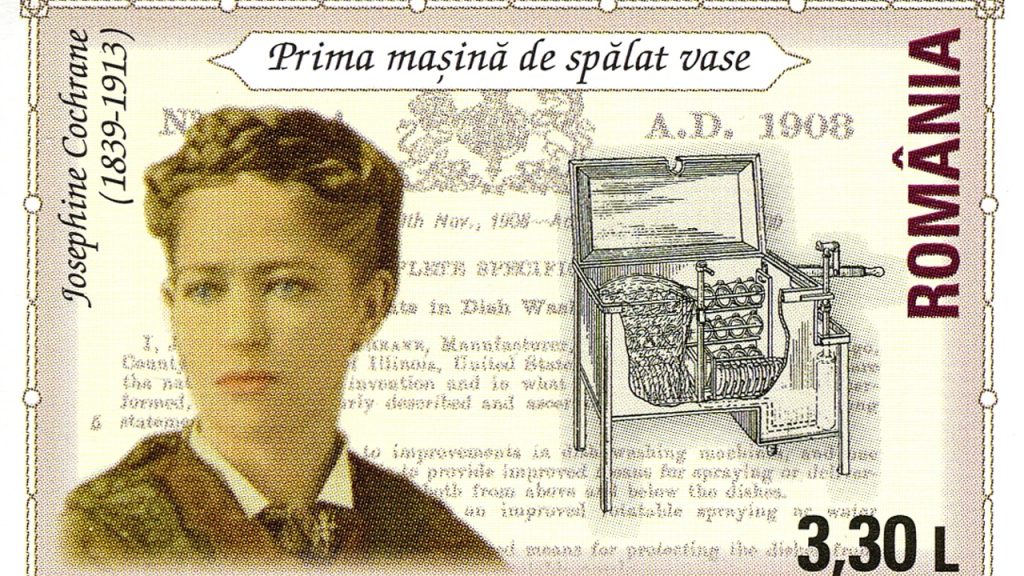
Josephine Cochrane invented the first practical dishwasher in 1886. Frustrated with her servants chipping her fine china, she designed a machine that used water pressure to clean dishes. Cochrane’s invention saved time and effort, making it a household staple. Today, dishwashers are an essential part of many kitchens worldwide.
2. Windshield Wipers
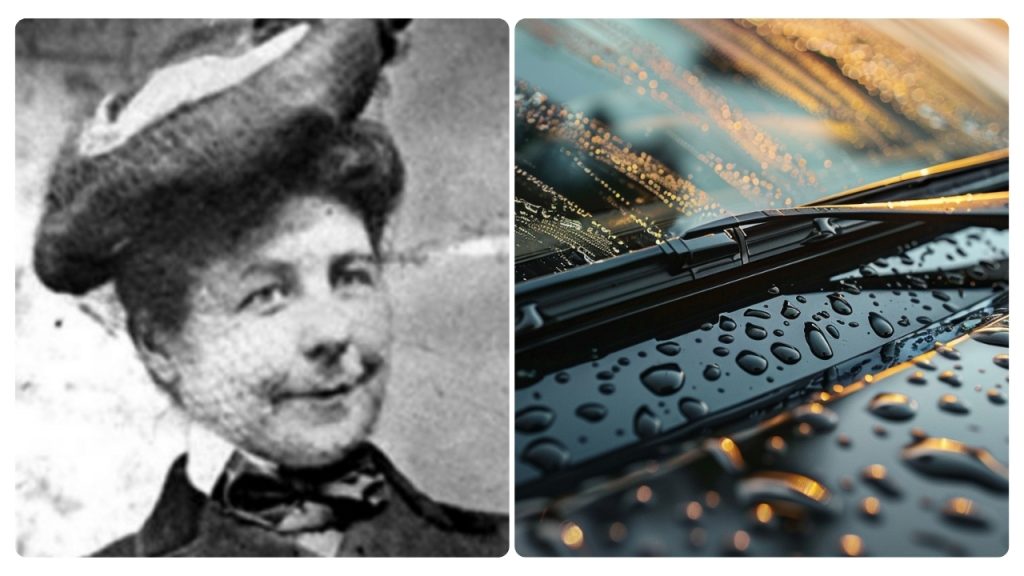
Mary Anderson came up with the idea for windshield wipers in 1903. She noticed that drivers had to stop and manually clear their windshields during bad weather. Anderson’s invention made driving safer by allowing drivers to clear their windshields without stopping. Modern cars still use her basic design.
3. Paper Bags
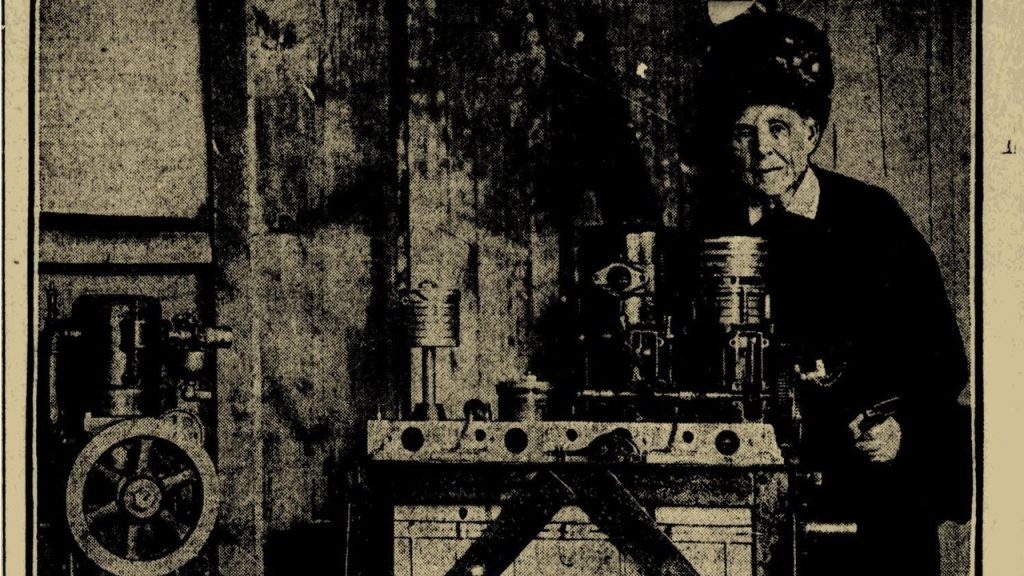
Margaret Knight invented a machine in 1868 that could produce flat-bottomed paper bags. Her design made paper bags much more practical and durable for carrying items. Knight’s invention revolutionized the grocery and retail industries. She received a patent for her machine in 1871.
4. Monopoly
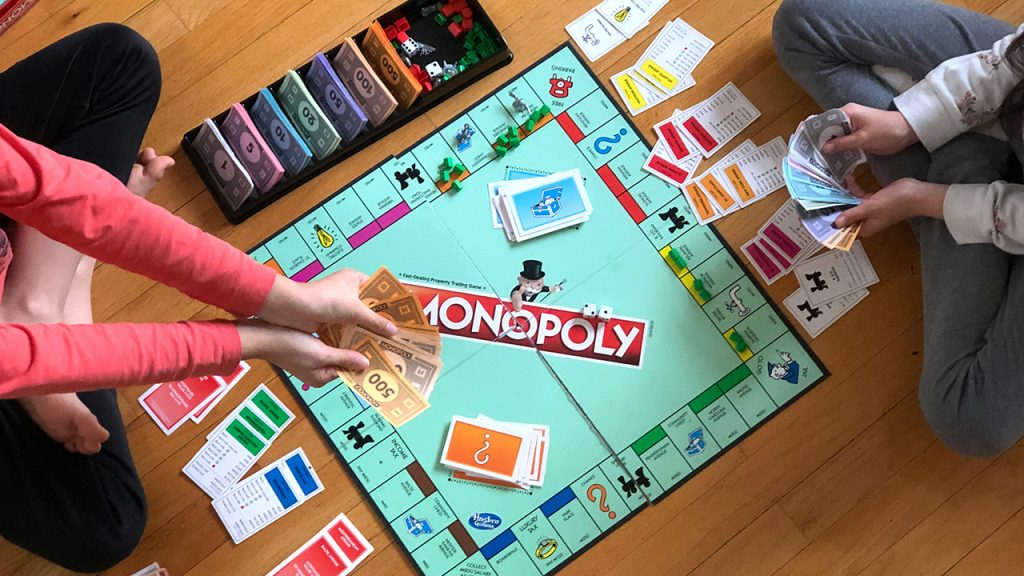
Elizabeth Magie created the board game Monopoly in 1904. She designed it to teach people about the negative aspects of monopolies and land ownership. Magie’s game, originally called “The Landlord’s Game,” laid the foundation for the popular version we know today. Monopoly has become a beloved classic around the world.
5. Computer Programming

Ada Lovelace is often considered the first computer programmer. In the mid-1800s, she wrote an algorithm for Charles Babbage’s early mechanical general-purpose computer, the Analytical Engine. Lovelace’s work laid the groundwork for modern computer programming. Her contributions are now recognized as foundational in the field of computing.
6. Circular Saw
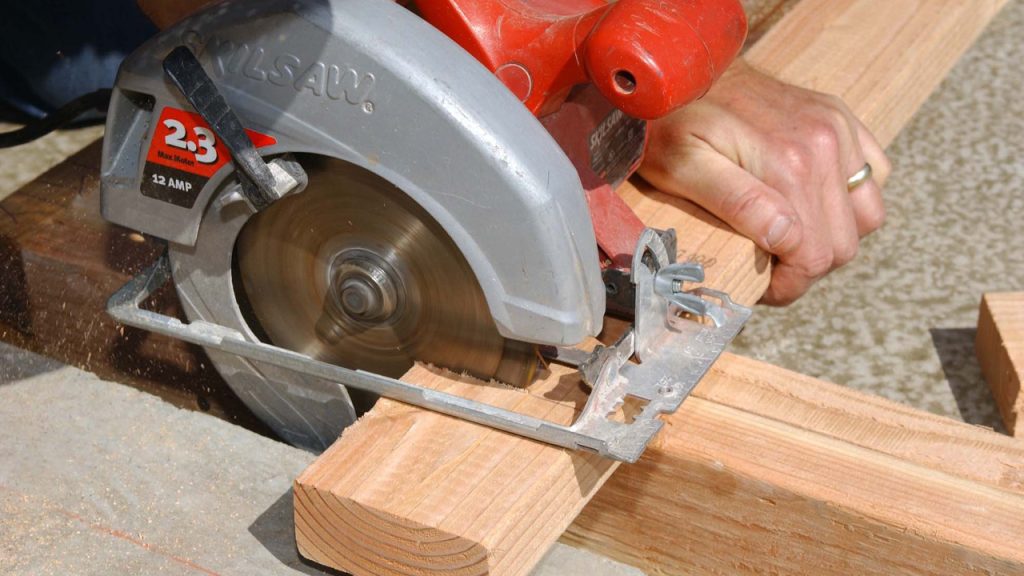
Tabitha Babbitt, a Shaker community member, invented the circular saw in 1813. She noticed that sawmill workers wasted time and energy with inefficient two-man saws. Babbitt’s circular saw design allowed for continuous cutting with less effort. Her invention greatly improved efficiency in woodworking and sawmilling.
7. Kevlar
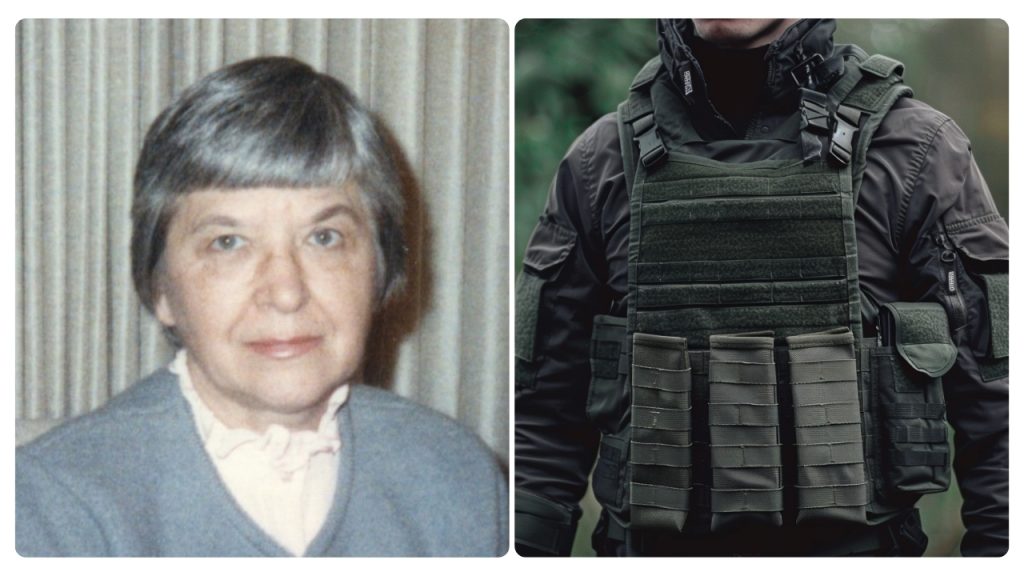
Stephanie Kwolek invented Kevlar in 1965 while working as a chemist. This strong, lightweight material is five times stronger than steel and is used in bulletproof vests, helmets, and other protective gear. Kwolek’s invention has saved countless lives by providing enhanced protection. Kevlar remains a crucial material in various industries.
8. Home Security System
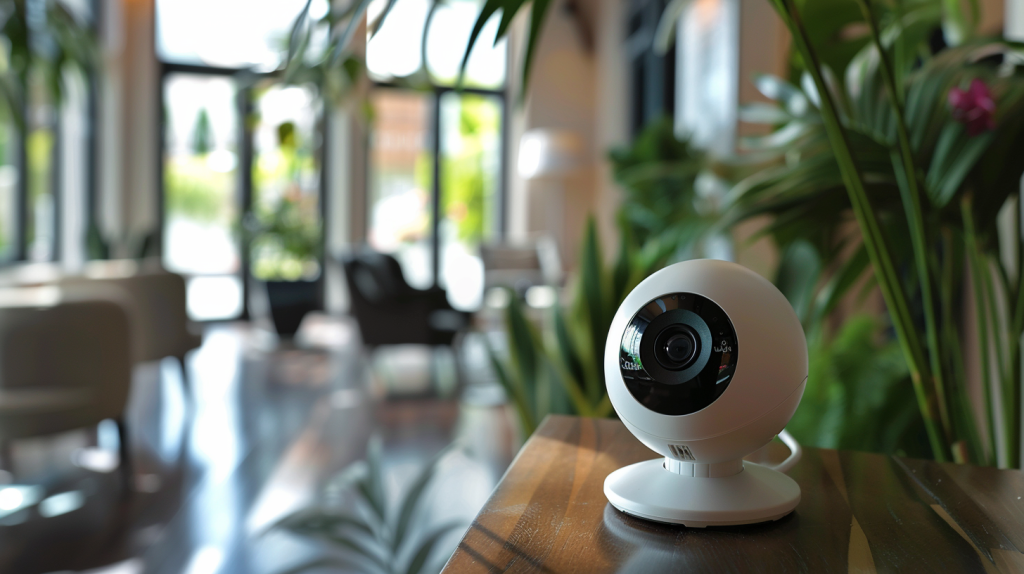
Marie Van Brittan Brown invented the first home security system in 1966. Concerned about rising crime rates, she designed a system with cameras and monitors to see who was at the door. Brown’s invention laid the groundwork for modern home security systems. Today, millions of homes are equipped with similar technology.
9. Retractable Dog Leash
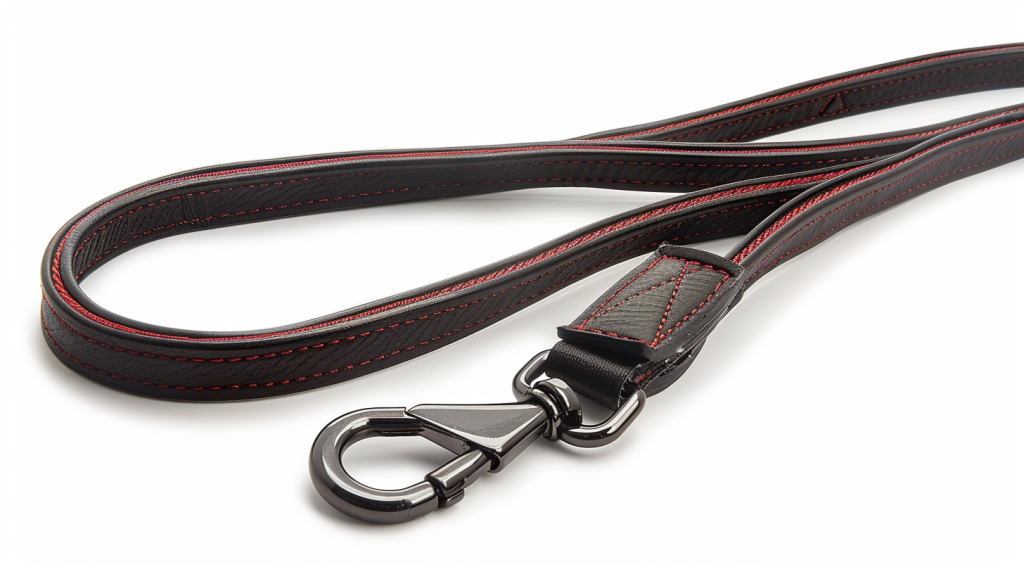
Mary A. Delaney patented the retractable dog leash in 1971. Her invention allowed pet owners to control the length of the leash, giving dogs more freedom to roam safely. Delaney’s design has made walking dogs easier and more enjoyable for pet owners. Retractable leashes are now a common pet accessory.
10. Liquid Paper
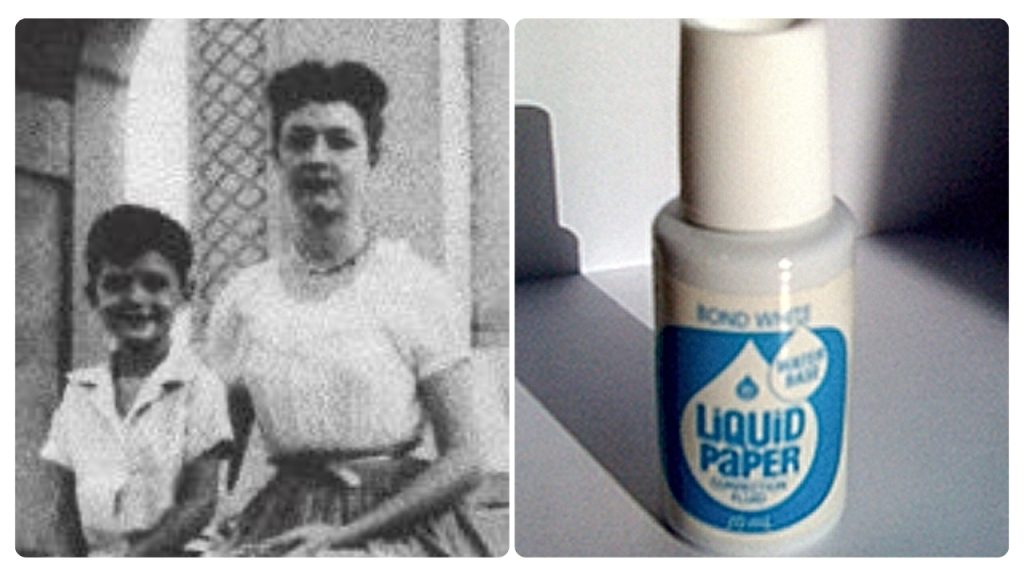
Bette Nesmith Graham invented Liquid Paper in 1956. As a secretary, she was frustrated with typing errors and developed a correction fluid to cover mistakes. Graham’s invention revolutionized office work by making it easy to correct errors. Liquid Paper became an essential tool for typists and writers before the advent of word processors.
11. Medical Syringe
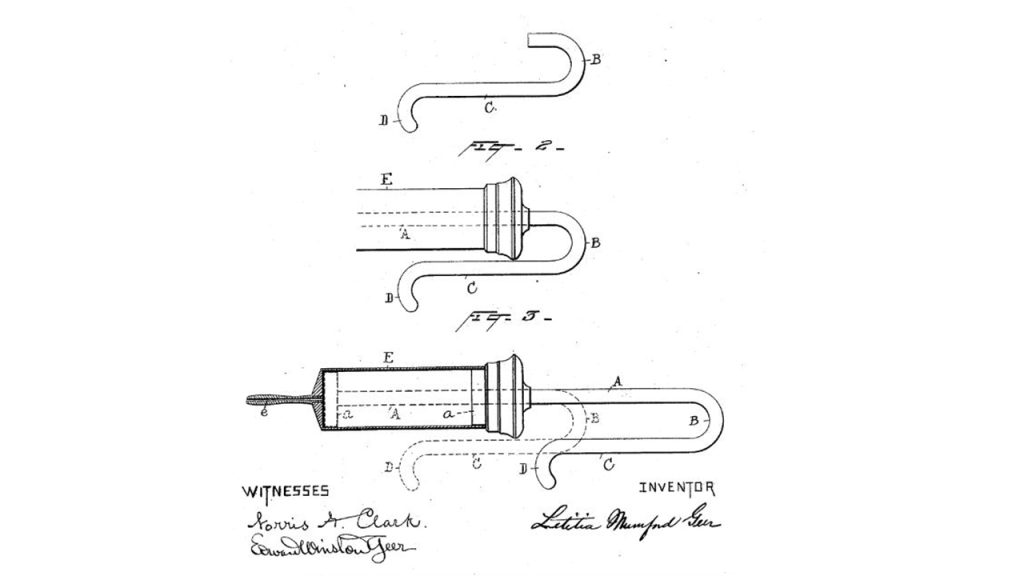
Letitia Geer invented the one-handed medical syringe in 1899. Her design allowed doctors and nurses to administer injections more easily and efficiently. Geer’s syringe improved medical care by simplifying the process of giving shots. This invention is still used in various forms in medical practice today.
12. Scotchgard
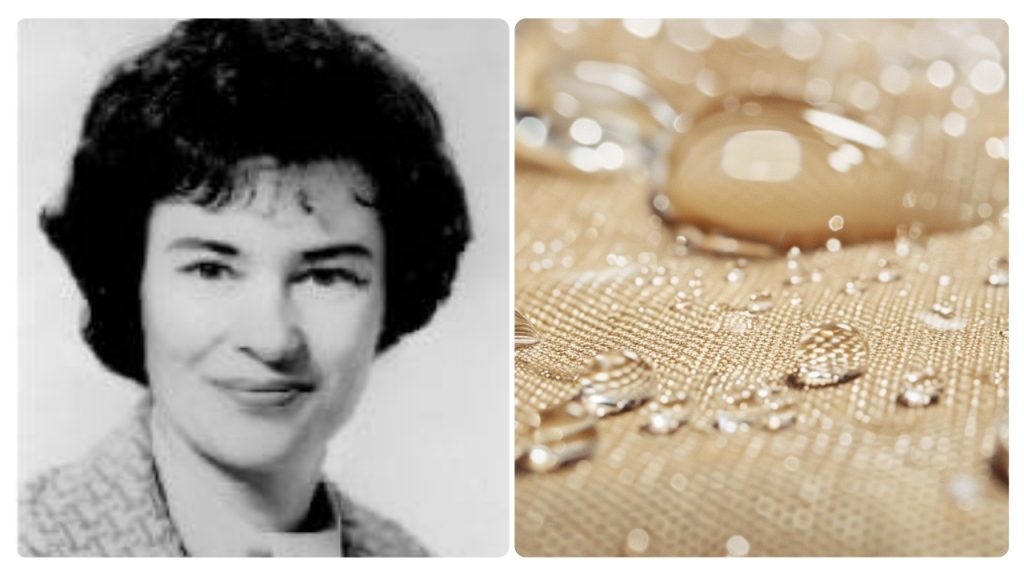
Patsy Sherman co-invented Scotchgard in 1953 while working as a chemist at 3M. She discovered the stain-repellent properties by accident and developed it into a commercial product. Scotchgard protects fabrics and carpets from stains and water damage. Sherman’s invention is widely used in households and industries around the world.
13. Submarine Lamp and Telescope
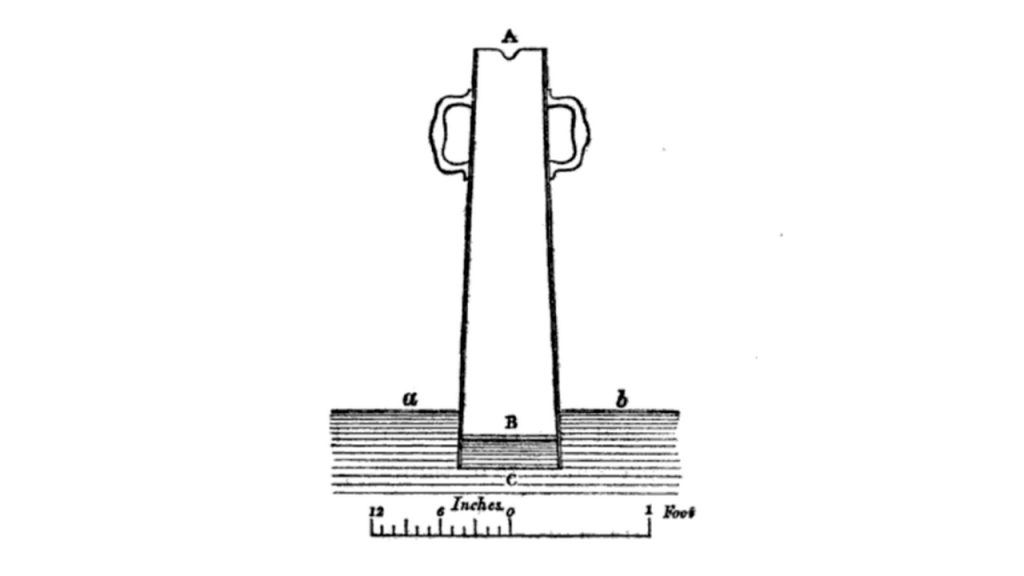
Sarah Mather invented a device combining a submarine lamp and telescope in 1845. This allowed for underwater exploration and inspection of ship hulls. Mather’s invention improved safety and maintenance for ships. Her work contributed to advancements in marine technology.
14. Disposable Diapers
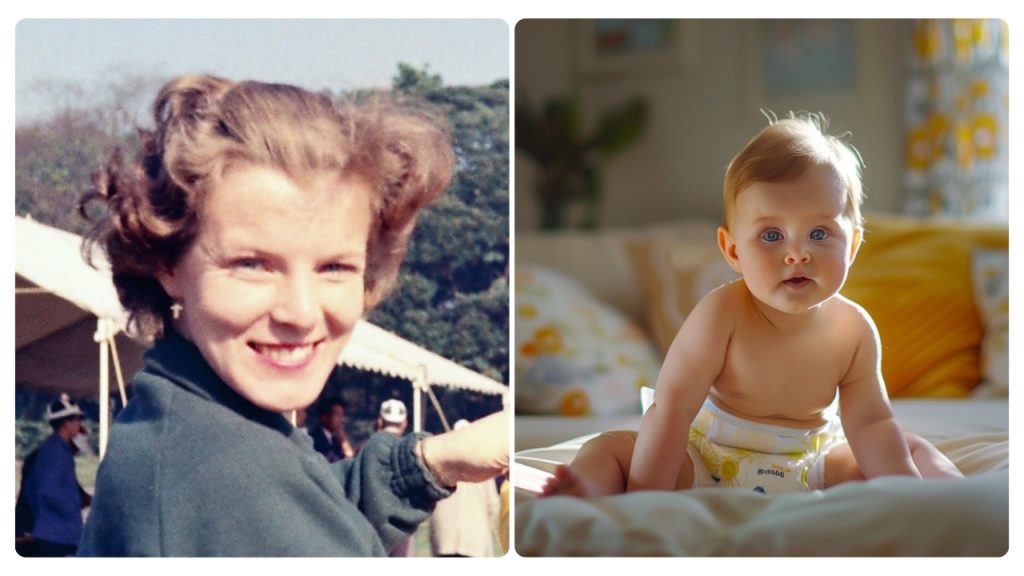
Marion Donovan invented the first waterproof disposable diaper in 1950. Frustrated with cloth diapers, she created a diaper cover made of shower curtain material. Donovan’s invention made diapering more convenient and sanitary. Disposable diapers have since become a standard in baby care.
15. COBOL Programming Language
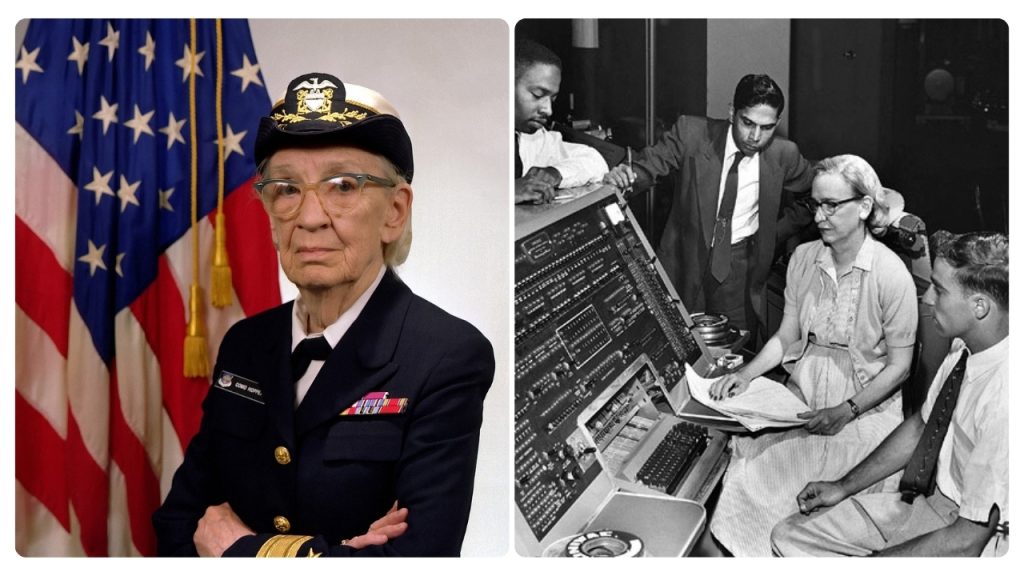
Grace Hopper was a pioneering computer scientist who developed the COBOL programming language in the 1950s. COBOL became one of the first high-level programming languages and is still used in business, finance, and administrative systems. Hopper’s work was instrumental in making computers more accessible and user-friendly.
16. Apgar Score
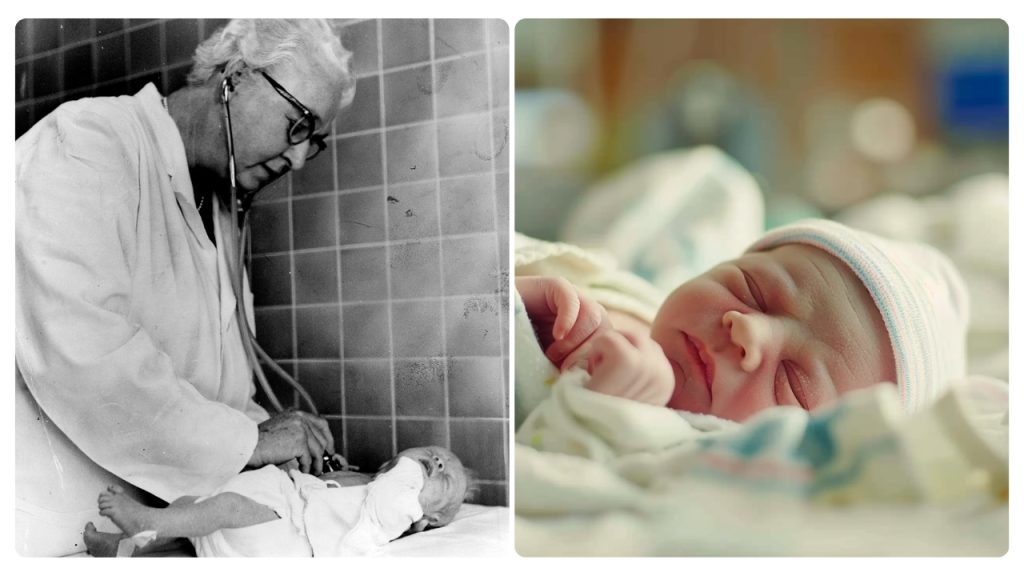
Dr. Virginia Apgar invented the Apgar Score in 1952. This quick test assesses the health of newborns immediately after birth. Apgar’s system helps determine if a baby needs immediate medical attention. The Apgar Score is still used worldwide to ensure the well-being of newborns.
17. Folding Cabinet Bed
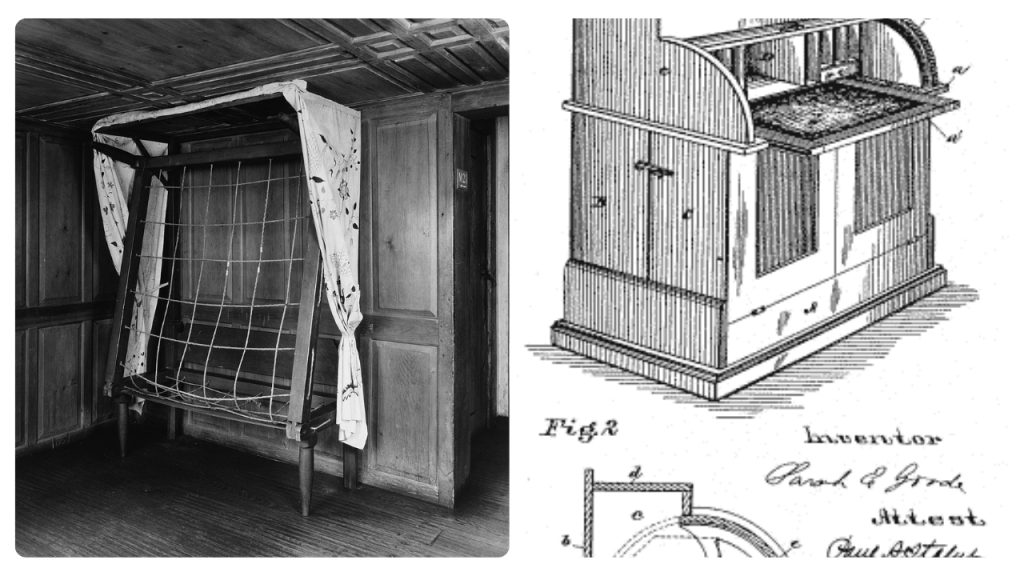
Sarah E. Goode invented the folding cabinet bed in 1885. She designed it to save space in small apartments by allowing the bed to fold into a cabinet when not in use. Goode’s invention was an early version of what we now call a Murphy bed. This space-saving furniture design is popular in compact living spaces today.
18. Fire Escape
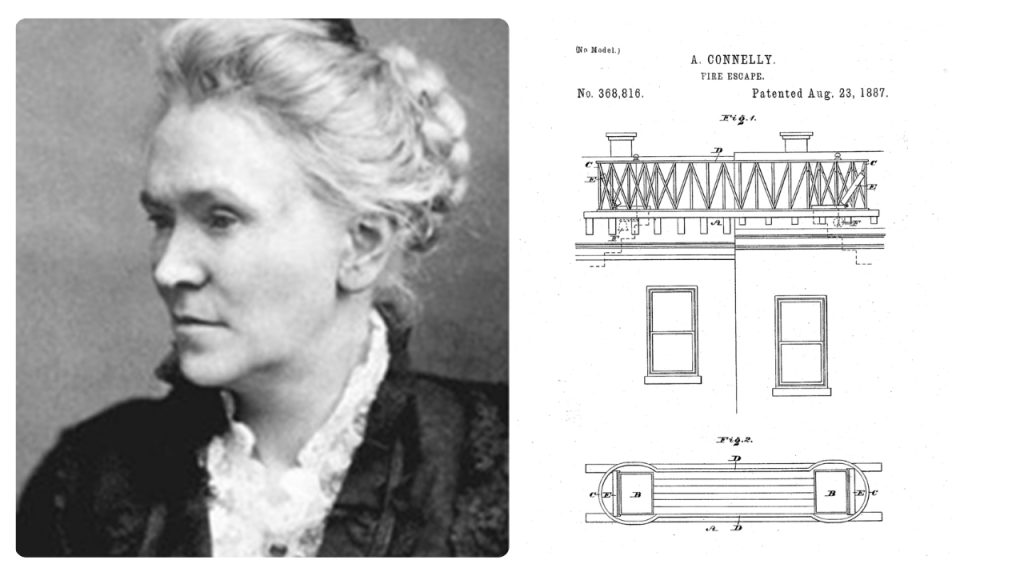
Anna Connelly patented the first outdoor fire escape in 1887. Her design provided a safe way for people to exit buildings during a fire. Connelly’s invention has saved countless lives by improving building safety. Fire escapes are now a common feature in urban architecture.
19. Chocolate Chip Cookies
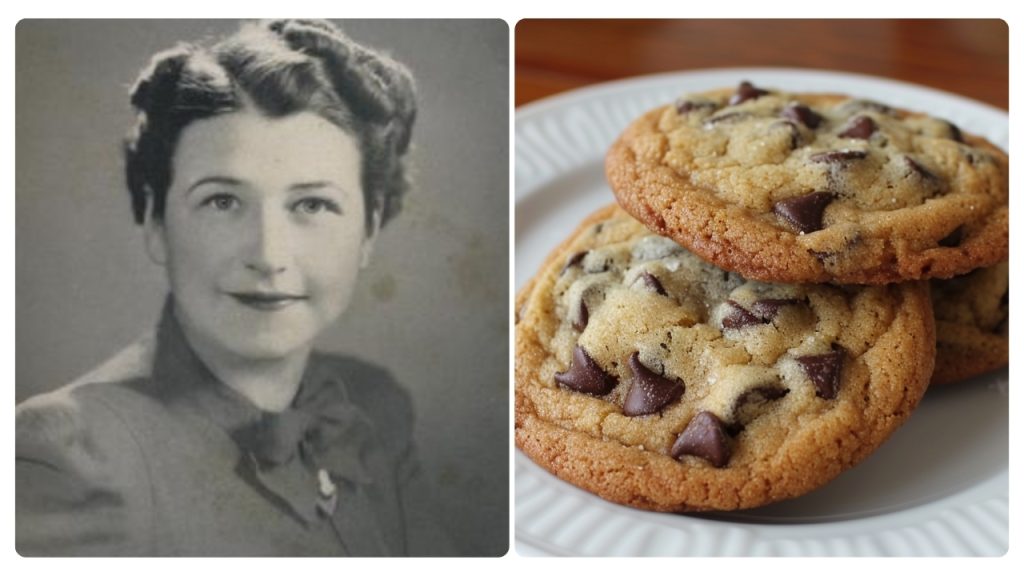
Ruth Wakefield invented chocolate chip cookies in 1938. She was the owner of the Toll House Inn, where she decided to add broken chocolate bar pieces into her cookie dough, expecting them to melt. Instead, the chocolate held its shape, creating the first batch of chocolate chip cookies. Wakefield’s invention became a beloved treat and a staple in households worldwide.
20. Wireless Transmission Technology
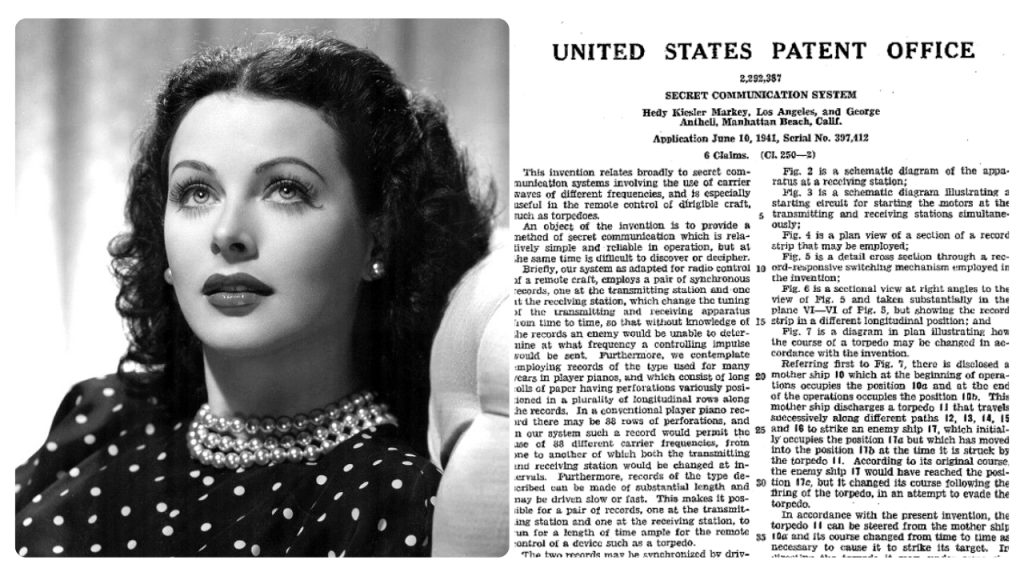
Hedy Lamarr, a famous actress and inventor, co-developed a frequency-hopping spread spectrum technology during World War II. This invention was intended to make radio-guided torpedoes harder to detect or jam. Her pioneering work laid the foundation for modern wireless communication technologies such as Wi-Fi, Bluetooth, and GPS. Lamarr’s invention has had a lasting impact on the way we connect and communicate.
21. Signal Flares
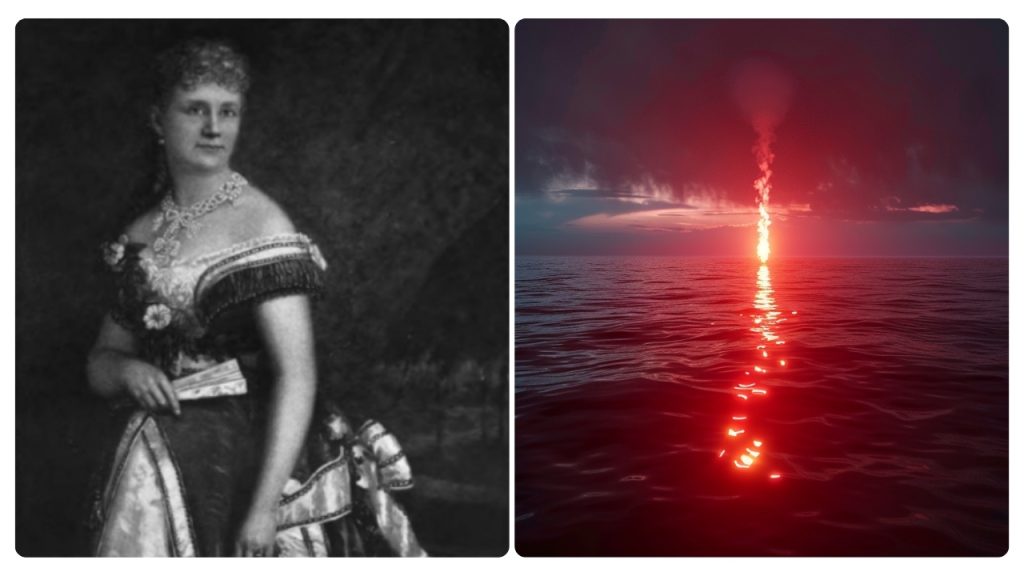
Martha Coston developed a system of maritime signal flares in the mid-19th century. After discovering her late husband’s incomplete plans for a pyrotechnic night signal, she worked for ten years to perfect the design and make it operational. Coston’s flares were widely adopted by the U.S. Navy and became crucial for ship-to-ship and ship-to-shore communication. Her invention greatly improved safety and communication at sea.
Ellen has been obsessed with logic puzzles, jigsaws, and cryptograms since she was a kid. After learning she was taught how to play chess wrong by a family friend (so they could win), she joined her school chess club and the rest is history.

